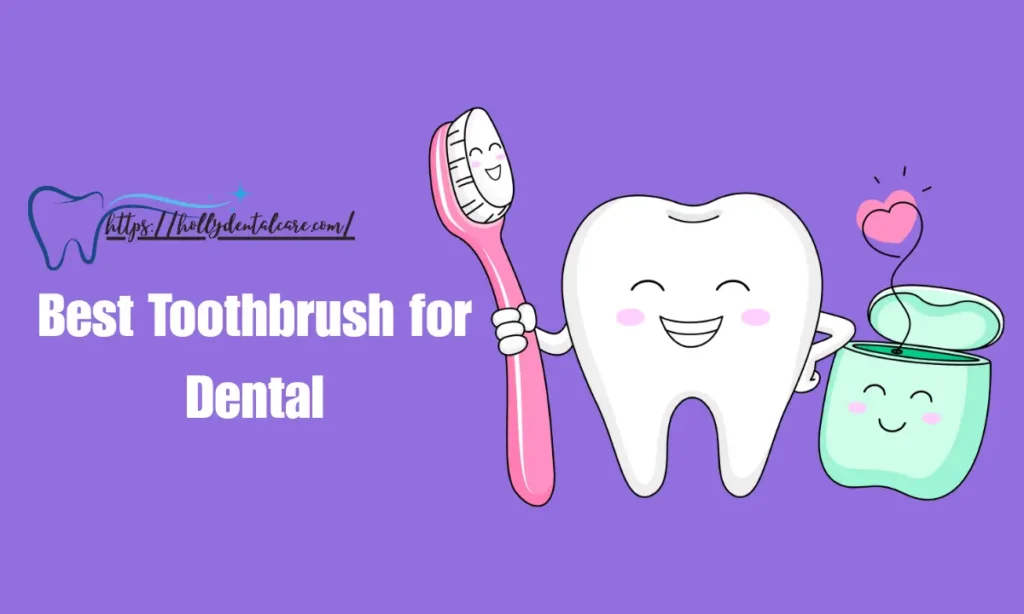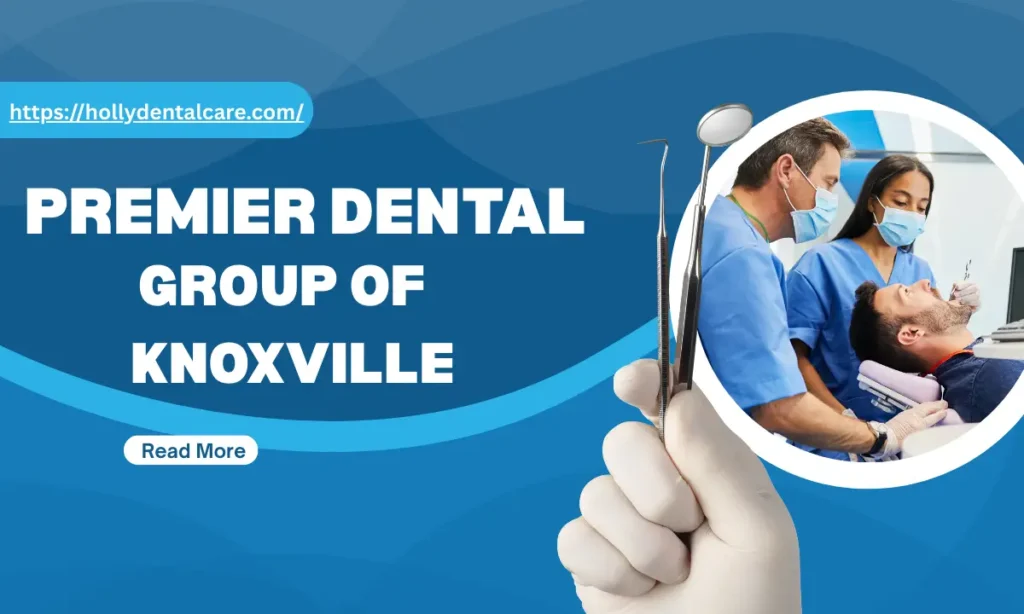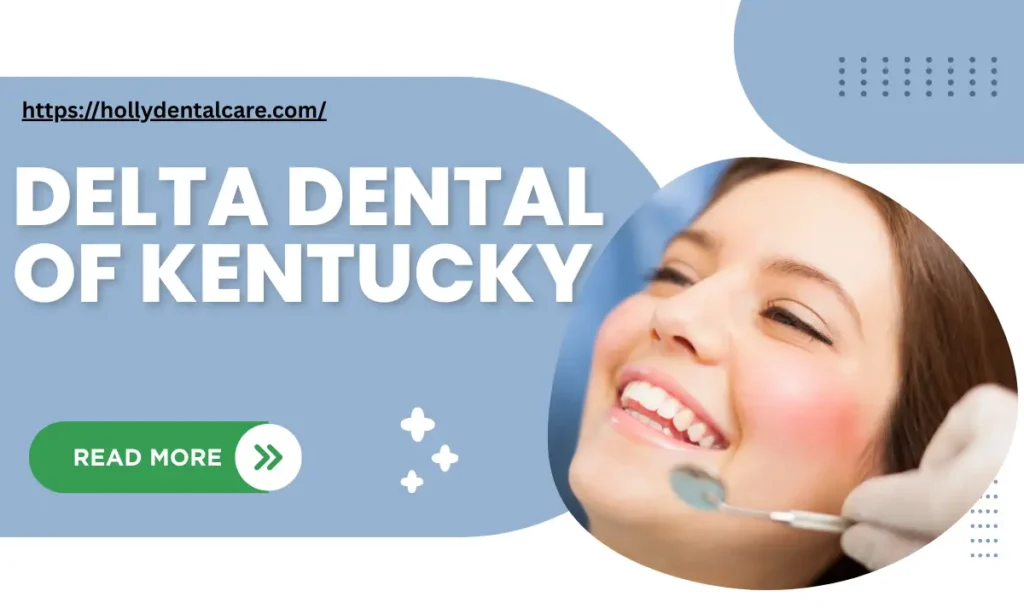Oral hygiene is the basis of body health, and among all the tools that one can use, the toothbrush is still the most important. The use of a toothbrush has always been a must in the routine dental care. Two-time brushing per day is recommended for everyone by all the dentists, though the type of the toothbrush can greatly affect the result of the oral care. Currently, there are numerous choices from manual to fancy electric models. The best toothbrush for dental selection can be a dicey task. To the question of why it matters which toothbrush to choose, the article explains the features for the characteristics of a good toothbrush and the ones which are more suitable for different dental conditions. Some factors that have to be taken into account are the softness of the bristles, the size of the head, the design of the handle, as well as a certification like the ADA Seal of Acceptance.
Why Choosing the Right Toothbrush Matters
- The toothbrush is safe for both enamel and gums and at the same time it removes plaque in a highly effective way.
- With the help of the toothbrush, difficult areas like narrow spaces between teeth and the area next to the gumline can be reached without any effort.
- By the means of decreasing inflammation and the stimulation of blood flow the toothbrush contributes to the maintenance of healthy gum.
- To make sure a user sticks to the habit of brushing their teeth, a toothbrush is made up of comfort and thoughtful design.
Manual vs. Electric Toothbrushes
Manual Toothbrushes
Manual toothbrushes are low-priced, available in all places, and easy to carry around. They allow the user total control of the force and the direction of the movement, which can be a plus or a minus depending on one’s brushing habits.
Pros
- Cheap and easily accessible.
- No need for charging or replacement batteries.
- They are also small and simple to take on a trip.
- They are available in different designs, bristle types, and head shapes.
Cons
- The outcome is entirely based on the user's manual skill.
- In doing the cleaning in a rush or brushing in the wrong way, the cleaning will be non-uniform.
- There is a chance of over-brushing if the user decides to put too much pressure on the brush.
Electric Toothbrushes
Electric toothbrushes are built to use the oscillating, rotating, or sonic technology which essentially brings the same action as a manual toothbrush but with more efficiency in plaque removal. Besides, research has been able to show that electric devices, in particular, those that oscillate-rotate, are able to free more plaque thus giving a better result in the elimination of gum diseases than manual brushes.
Pros
- More effective at plaque removal.
- Brushing duration is optimized with built-in timers.
- Nice for kids, thus more brushing compliance.
Cons
- More expensive than manual brushes.
- Needs charging or battery replacement.
- Large to carry around.
Key Features to Look for in a Toothbrush
- Soft bristles are the most recommended by dental professionals as they clean the teeth effectively without causing any harm to the gums or the enamel.
- While the use of medium or hard bristles may result in a “cleaner” feeling, they can lead to an increased risk of gum recession and enamel wear.
- The size of a smaller head should be around ½ inch wide and 1 inch tall that allows one to have a better reach to the back molars and other tight spaces.
- The round or diamond-shaped heads offer better access to the gumline.
- The ergonomic, non-slip handles give a better grip and thus more control especially for kids or elderly people.
- The multilevel or angled bristles can remove the dirt between the teeth more efficiently than the flat trimmed ones.
- The polished bristle tips are less likely to cause irritation to the gums.
- The American Dental Association (ADA) Seal of Acceptance is a sign that the product has undergone testing to ensure that it is safe and effective.
Extra Features in Electric Models
- Timers make sure that the users get two minutes of brushing which is the recommended amount of time.
- Pressure sensors help in avoiding the situation when the gums get injured due to brushing.
- Different brushing modes allow users to adjust the brushing according to their needs.
- Bluetooth connection allows a user to get a signal and monitor the progress through the apps that can be
Best Manual Toothbrushes
- Colgate 360° Advanced: Comes with a tongue and cheek cleaner; has soft bristles with tapered ends for your deep cleaning of the mouth.
- Oral-B Pro-Health Clinical Pro-Flex: The dual-flexing sides move according to the curves of the tooth; makes plaque removal while being very gentle with the gums.
- Nimbus Microfine Toothbrush: Has super-soft bristles that are perfect for sensitive teeth and gums; designed by dentists for a gentle yet effective cleaning.
- Radius Source Toothbrush: An eco-friendly model with the possibility of changing the heads; the handle is made from recycled materials and it is ergonomic.
Toothbrushes for Special Dental Needs
- Brushing with ultra-soft fiber toothbrushes like Synodyse Sensodyne Pronamel.
- Sound brushes with delicate cleaning mode for sensitive teeth.
- V-shaped bristle orthodontic toothbrushes.
- Electric toothbrushes with lower brush heads.
- A small and soft-bristled brush suitable for cleaning sensitive areas.
- Beautiful designs or powered brushes that motivate children to brush regularly.
- Light manual brushes made with easy-to-hold handles.
Proper Toothbrushing Technique
- Brush teeth from the inside, outside, and the chewing areas.
- Brushing should last for at least two minutes.
- Once every 3-4 months or if the bristles are worn more then etc., change your toothbrush or head.
Common Mistakes to Avoid
- Not brushing the tongue: Microbes on the tongue are one of the causes of bad breath.
- Not regularly changing toothbrushes: Bristles that are worn clean less effectively and may have bacteria on them.
Conclusion
Most suitable for the right dental condition is a toothbrush of effectiveness, comfort, and personal needs. Both manual and electric toothbrushes are capable of delivering the same result if users follow the proper instructions. However, the main reason behind the success of the electric toothbrush is that almost all the studies done about it conclude that the electric toothbrushes are more effective in plaque removal and in the maintenance of gingival tissues.
Also read:- Daily Dental Hygiene Routine: Simple Steps for a Bright & Healthy Smile



